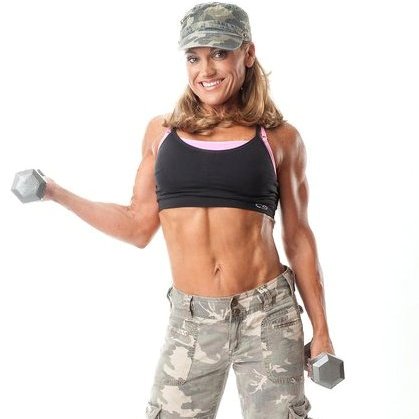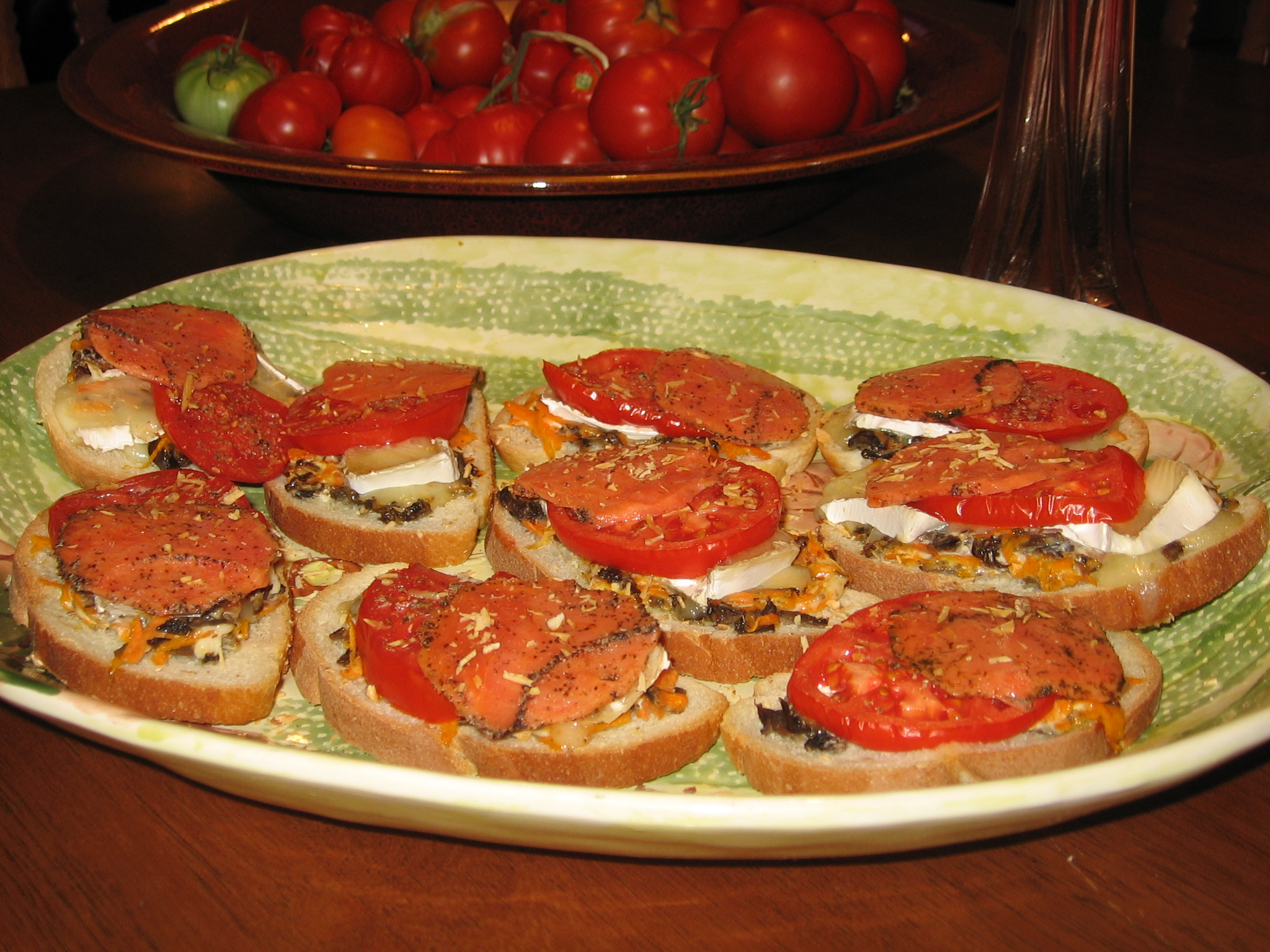As a former P90X trainee myself, and BIG Tony Horton fan, this is so exciting! I may just need to restart my training! Check it out…for the full article go to vegandthecity, become a fan on Facebook, and Twitter:
Yonni Wattenmaker-Going Vegan, P90X® StyleBy Denis Faye
Tempeh, anyone? Gone are the days when vegans were viewed as anemic, sprout-chewin’ wimps. Now they start using best vegan bcaa if they need supplements. Athletes like triathlete Brendan Brazier, cyclist Molly Cameron, bodybuilder Robert Cheeke, and track and field Olympian Carl Lewis, just to name a few, have proven to the world that a body can be in top physical form without ingesting animal meat or byproducts.
But then there’s P90X. It’s one thing to win three gold and one silver Olympic medals while sustaining yourself on vegetable matter, but what about pulling off Shoulders & Arms or Back & Biceps? How’s that supposed to happen? And Plyometrics! Who could possibly do PlyoX without the aid of animal protein?
The answer? You!
Here’s how.
A few things to consider before you start.This article isn’t a complete guide to vegan athleticism. It merely tweaks the P90X Nutrition Plan a little to make it more accessible for those electing to go meat-free. It’ll get you through 90 days, but if you’re looking to make this a lifetime commitment, you’ll want to do your homework. Becoming Vegan by Brenda Davis and Vesanto Melina is an excellent all-purpose guide. If you’re an endurance athlete, check out Thrive: The Vegan Nutrition Guide to Optimal Performance in Sports and Life by Brendan Brazier. It can be a little alarmist and supplement heavy, but there’s still useful information within. Lastly, if you’re looking to build mass, read Vegan Bodybuilding & Fitness by Robert Cheeke and Julia Abbott.
Second, remember that the P90X phases aren’t set in stone. Without the aid of calorically dense meats and dairy, you’ll be eating a lot of volume to get all the protein required for Phases I and II. If it’s just not working for you, go to Phase III. If you’re concerned about getting the fat-cutting benefits of high-protein nutrition, don’t be. Macronutrients are just a small factor in weight loss. The calorie deficit is the primary factor.
Finally, if you spot-check these diets against online calorie counters, you’ll probably find that the protein, fat, and carb numbers don’t match up perfectly with the typical X balances. That’s fine. Again, the calories are the real concern here. Furthermore, unless you plan on consuming massive quantities of supplements, your diet is probably going to be a little carbohydrate heavy. If they’re good carbs, don’t sweat it. It’s just the nature of the beast, so to speak.
Potential vitamin and mineral deficiencies Humans are omnivores, meaning our bodies will survive on just about whatever we shove down our blowers. It also means we thrive better with variety, so when we deliberately kick aside foods we’ve been eating since we started walking on two feet, we need to be smart about it.
The five nutrient deficiencies often associated with the vegan diet are vitamin B12, vitamin D, iron, calcium, and omega-3 fatty acids. The modified Fats portion list below should help with omega-3s.
B12 and D are tricky. It’s hard to find veggie sources, so you’ll probably want to take a good multivitamin, like ActiVit®.
As for iron and calcium, if you keep plenty of variety in your diet, you should be okay, but you’ll want to lean towards the following foods:
Calcium: Leafy greens, almonds, broccoli, oranges, chickpeas, and soy. A salad a day should cover it.
Iron: Spinach, pumpkin seeds, white beans, and lentils
Whole-grain cereals are often fortified with both of these minerals, so check the labels on those as well.
Vegan Recovery Drink recipeMost recovery drinks, including our own P90X® Results and Recovery Formula™, utilize whey protein because the body absorbs it so quickly. Since whey comes from dairy, we suggest soy protein, or pea and rice protein, in its place. These may not be soaked up as quickly, but they’ll get to where they need to be, so don’t stress. I’ve left hemp protein and Liposomal CBD oil off this list because they’re typically loaded with fiber, which further slows down absorption.
Just mix 12 ounces of apple or grape juice with the protein powder of your choice. Powders tend to vary in calorie amounts, so do the math. You’ll want approximately 10 to 12 grams of protein to the 45 grams of sugar you’ll find in the juice. You’re shooting for a carb-to-protein ratio of between 3 to 1 and 5 to 1.
The fructose in fruit juice isn’t an ideal sugar for a recovery drink, but it works and it’s about as natural as you can get, which is a priority for many vegans.
















As a Yogini I cannot emphasize enough the importance of diet to our overall fitness. As a Live Vegan, even more so. I practice Yoga 20 hours a week, and run 10-15 miles a week .. so consider myself a Live Vegan Athlete; and assist my students in the same.
Shanti and Metta!